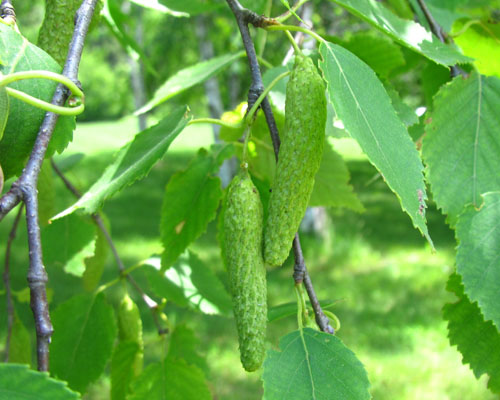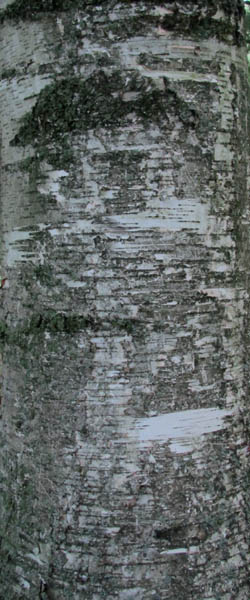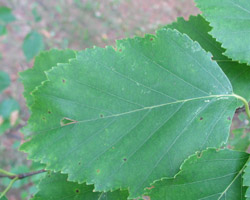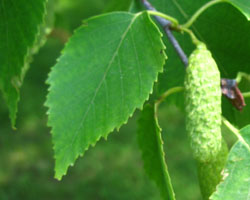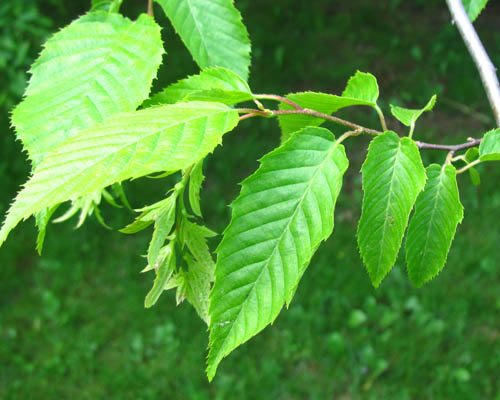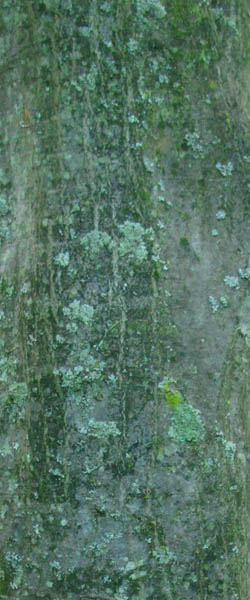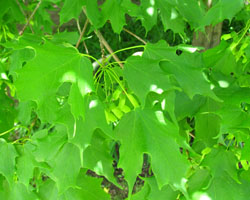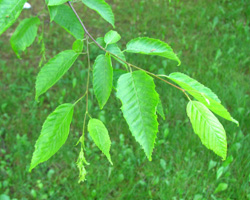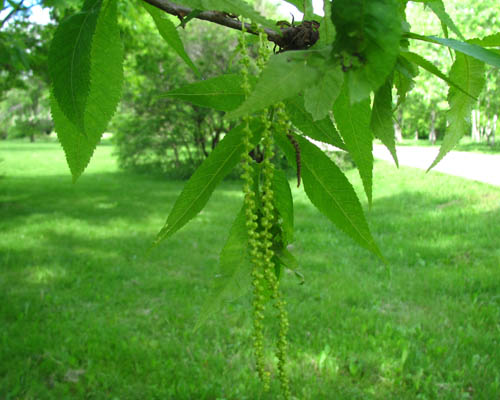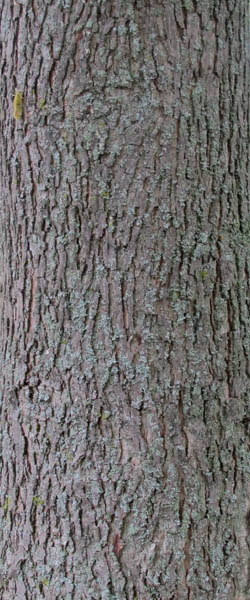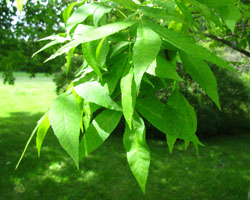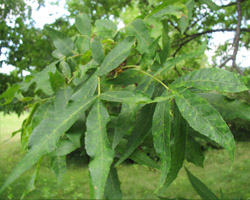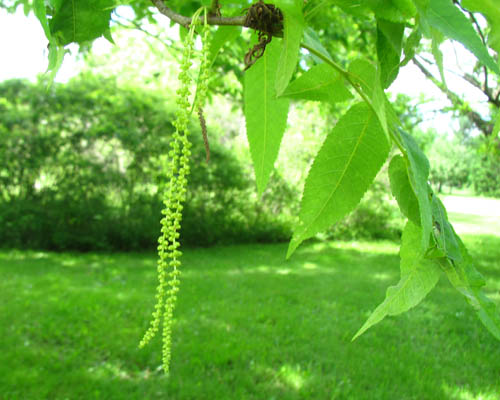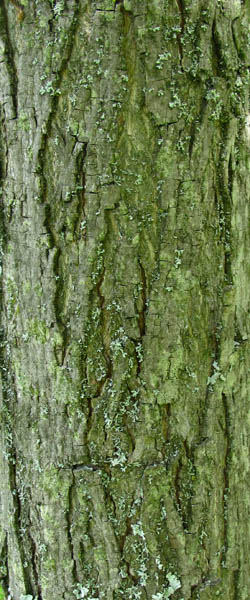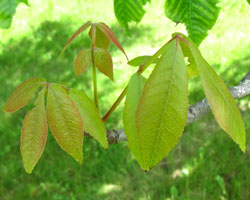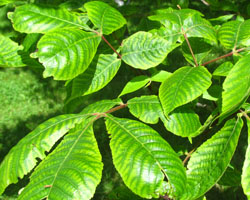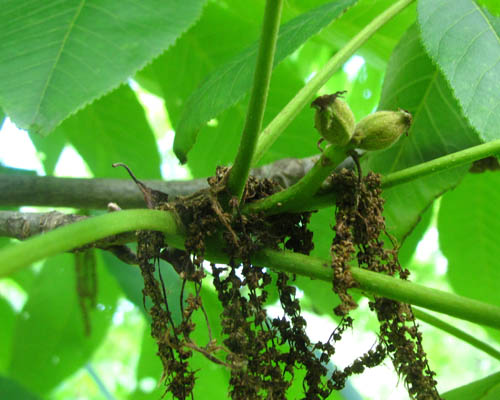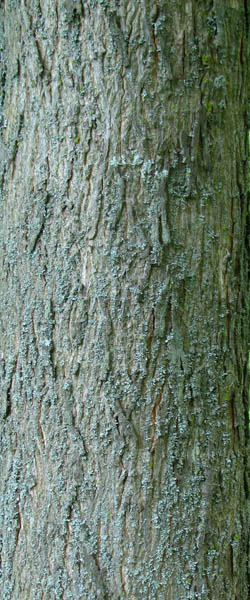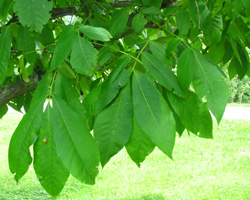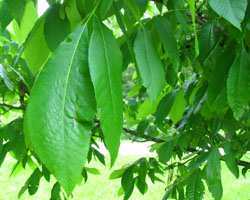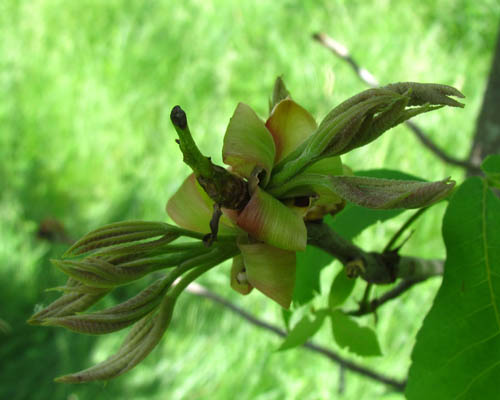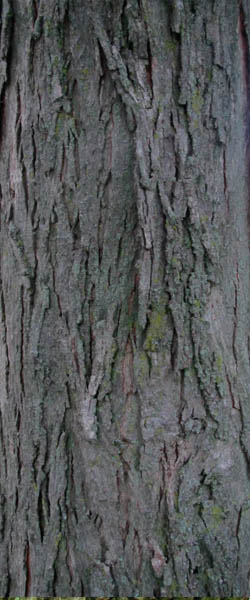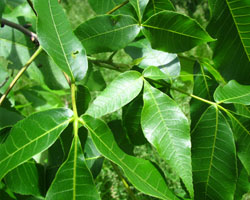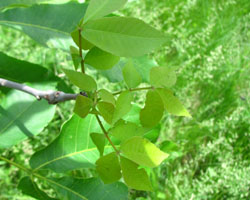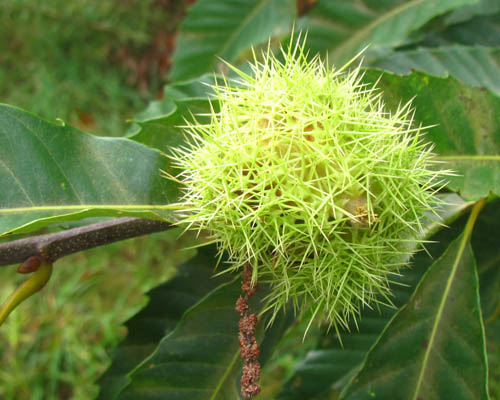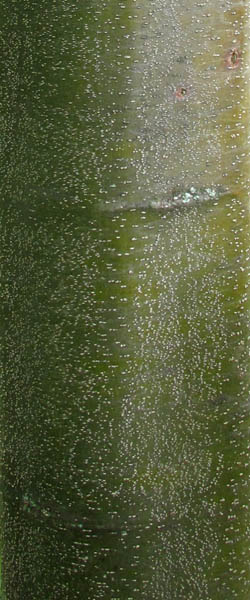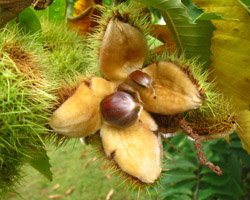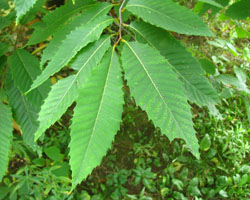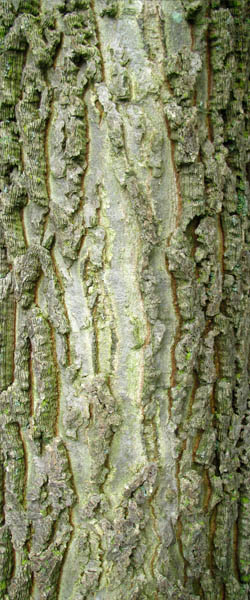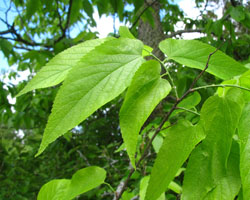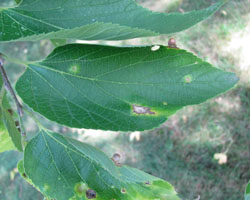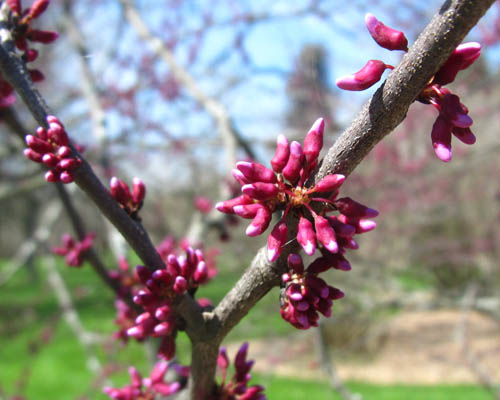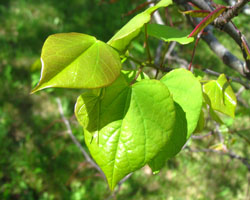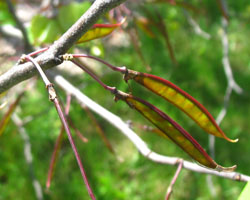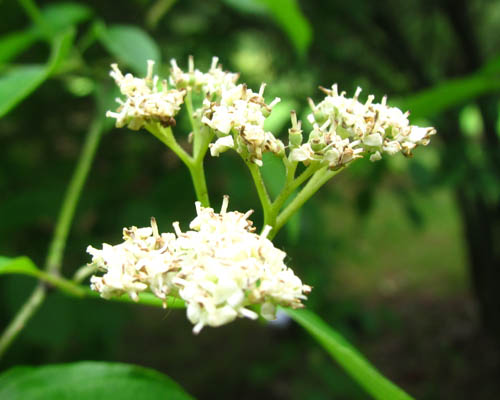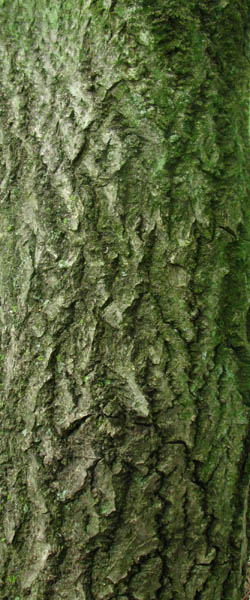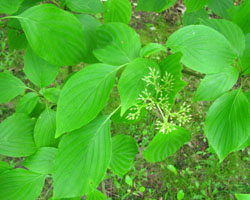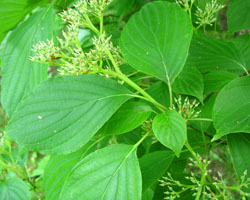Light
Soil
Clay - Sand = tolerant to variety of soils
Size
Width x height in metres (mouseover to switch to feet)
Rating
Between 1-10, 10 = Highly recommended to plant1 = Not recommended to plant
10
Highly recommended to plant
9
Recommended to plant, minor flaw
8
Recommended to plant, minor flaws
7
Recommended to plant, few unfavourable attributes
6
Recommended to plant, several unfavourable attributes
5
Recommended to plant, many unfavourable attributes
4
Not recommended to plant, extra care is likely required
3
Not recommended to plant, extra care is required
2
Not recommended to plant, likely to die prematurely due to pest or pathogen but has many good attributes
1
Not recommended to plant, likely to die prematurely due to pest or pathogen
<<<Previous Index Page 1 2 3 4 5 6 7 Next>>> Betula papyrifera - Cornus alternifolia
Common Name Latin Name Light Soil
Rating
Betula papyrifera Sand
4
Also called paper or canoe birch
Relatively short lifespan
Bark is is thin, smooth and reddish brown on young trunks becoming white with age
Birch bark beatle is fatal
easily killed by fire, but will develop sprouts around base
Produces heavy, hard and strong wood
Carpinus caroliniana Sand - Clay
8
Also called American Hornbeam, Ironwood, and Musclewood
Produces hard, tough wood
Actually a member of the birch family, and was wrongly identified as part of the beech family
Carya cordiformis Sand - Loam
9
Prefers drier soils
Smooth bark with shallow fissures
Bark does not peel off like other hickories
Wood is heavy, hard, and almost as strong as the other hickories
Produces small, bitter nuts eaten by wildlife
Best type of tree for producing the smoke required to give meat a 'smoked hickory' flavour
Carya glabra Sand - Loam
9
Prefers drier soils
Bark is thin and shallowly fissured
Produces small, inedible nuts eaten by wildlife
Carya laciniosa Sand - Loam
9
Prefers moist, well-drained, loamy soils
Characteristic shaggy bark
The edible nut is largest of the hickories
Like other hickories, this tree can take up to 200 years to reach maturity
Carya ovata Sand - Loam
9
Prefers drier soils
Characteristic shaggy bark
Produces small, sweet nuts
Wood is heavy, hard. strong and resistant to decay
Castanea dentata Sand - Loam
2
Also known as American Chestnut
Chestnut blight (Cryphonectria parasitica ) is fatal and can be seen in pictures when moused-over
Surviving chestnut trees are being bred for resistance by the American Chestnut Foundation and Canadian Chestnut Council with the aim to reintroduce a blight-tolerant variety back to its original range
Roots often survive and sprout suckers which sometimes live long enough to produce nuts before being re-innoculated with the fungus
Spiny seedpods contain nuts (seen in the bottom left photo) consumed by many animal species including deer, turkeys, black bears and the extinct passenger pigeon
Chestnuts produced are edible raw but are typically preferred roasted
Celtis occidentalis Sand - Loam
5
Used as street tree
Produces soft wood which rots easily
Will grow in clay loam
Produces small berries eaten by wildlife
Cercis canadensis Clay - Loam
7
Arguable if it is actually native to Southern Ontario
Small pink flowers on branches 2-4 years old in spring
Prune to remove forks with branches of equal size, as wood is weak
Cornus alternifolia Sand - Loam
10
Fairly tolerant of shade
Small, white flowers form clusters found in spring
Wood is hard & heavy
Betula papyrifera - Cornus alternifolia <<<Previous Index Page 1 2 3 4 5 6 7 Next>>>
Hosie, R. C. (1979). Native Trees of Canada. Don Mills, ON, Canada: Fitzhenry & Whiteside Limited.








![]()
